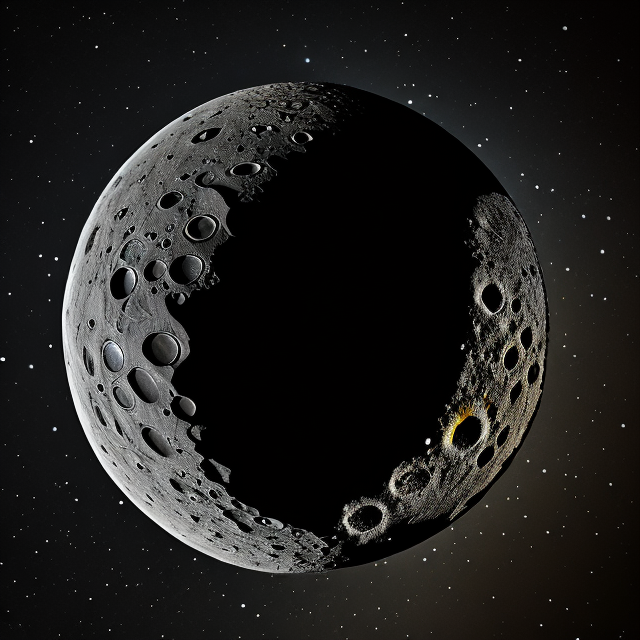|
|
Space Astro
|
Info for exoplanet "Myangnyunq"
| Scientific (actual) data |
|---|
| Name | Kepler-30 d |
| Planet status | Confirmed |
| Planet mass | 0.073 |
| Radius | 0.785 |
| Orbital period | 143.344 |
| Semi major axis | 0.5 |
| Orbit eccentricity | 0.022 |
| Inclination | 89.841 |
| Discovered | 2012 |
| Updated | 2021-02-05 |
| Omega | -163 |
| Tconj | 2455270 |
| Tzero tr | 2455270 |
| Impact parameter | 0.38 |
| Publication | Published in a refereed paper |
| Detection type | Primary Transit |
| Alternate names | 2MASS J19010807+3856502 d, K00806.01, KIC 3832474 d, KOI-806 d, KOI-806.01, WISE J190108.08+385650.1 d |
| Star name | Kepler-30 |
| Right ascension | 285.28° |
| Declination | 38.95° |
| Mag v | 15.5 |
| Mag j | 13.997 |
| Mag h | 13.618 |
| Star distance | 938.33 |
| Star metallicity | 0.18 |
| Star mass | 0.99 |
| Star radius | 0.95 |
| Star age | 2 |
| Star temperature | 5498 |
| Star alternate names | 2MASS J19010807+3856502, KIC 3832474, KOI-806, WISE J190108.08+385650.1 |
| Wikipedia article | Kepler-30 d |
Back
| |
| Fictional info (?) |
|---|
| Suggested name | Myangnyunq |
| Planet type | Small cold gas planet |
| . |
| Atmosphere | Krypton | 51% |
| Water vapor | 29% |
| Carbon dioxide | 19% |
| Hydrogen deuteride (HD) | 0.45% |
| Atmospheric pressure | 0.009 bar |
 |
| No known satellites |
| Google search for Myangnyunq |
|
Website by Joachim Michaelis
|
|
|
|